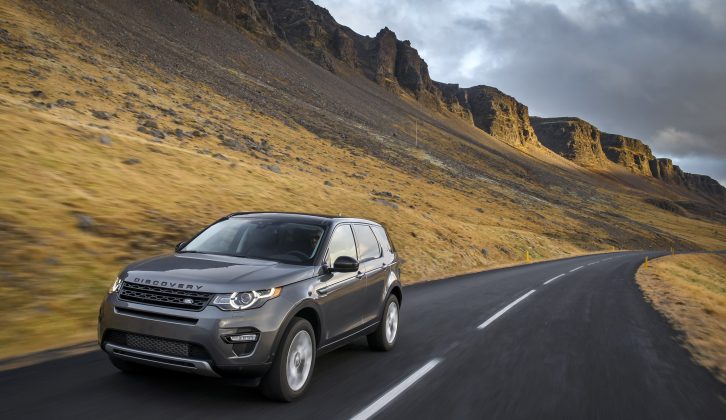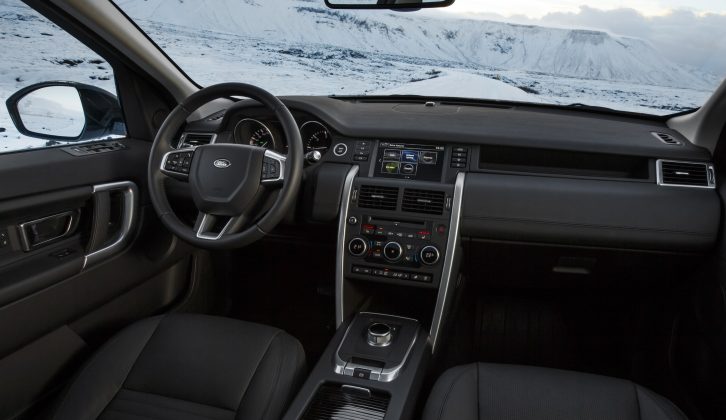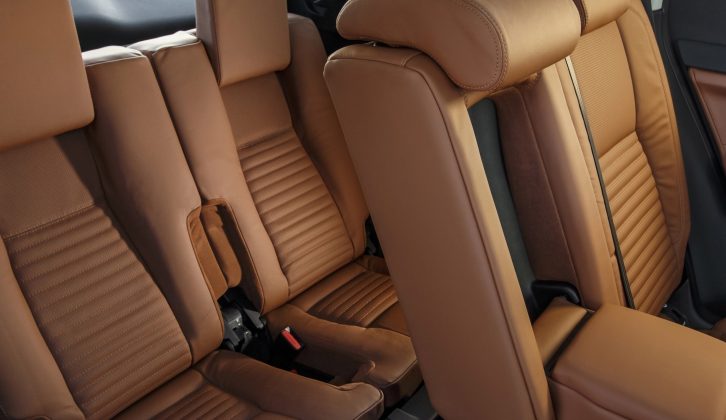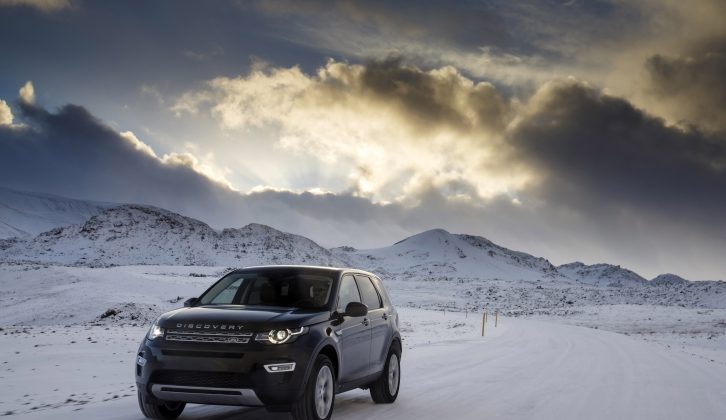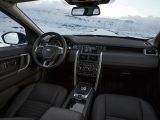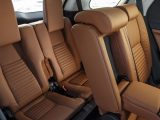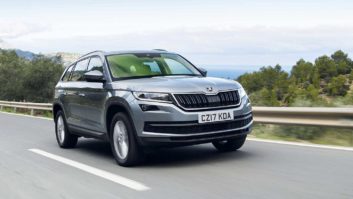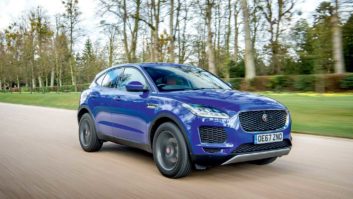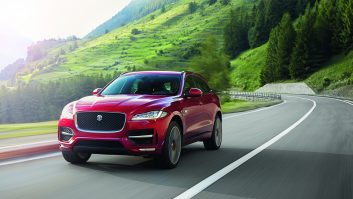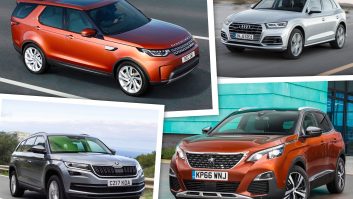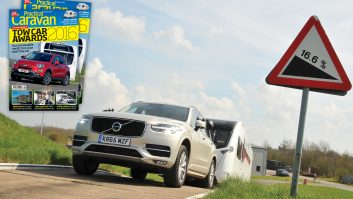The new Land Rover Discovery Sport isn’t just a new model for Land Rover, replacing the old Freelander. It’s the start of a new family of cars bearing the Discovery name.
As Land Rover puts it, Discovery is to be one of three ‘pillars’ to the Land Rover range. While Range Rovers will major on refinement, Defender models will focus on durability. Discovery models will sit between the two, more luxurious than a Defender and more versatile than the Range Rover.
That’s reflected in the new Discovery Sport’s cabin, which offers seven seats whereas most rivals have five. It’s a clever bit of packaging since the Discovery Sport is just under 4.6 metres long, making it shorter than its two key five-seat rivals, the Audi Q5 and BMW X5.
Squeezing seven seats into a relatively compact car is largely thanks to the Discovery Sport’s space-efficient, multi-link rear suspension. It leaves enough space for the third row of seats to be folded away in the floor and for a space-saver spare rather than a can of get-you-home gunk.
Children will be comfortable enough in the third row, especially as Land Rover has included face-level air vents for all three rows to keep passengers at a comfortable temperature, super for long drives on your caravan holidays.
Adults will be happy enough for short trips, provided those in the second row are prepared to slide their seats forward a bit. The middle bench sits on runners with 16cm of travel, so it’s possible to create enough space for grown-ups in the back.
Even if the middle row of seats is moved forward just a few centimetres, legroom is still generous. The chances are most owners will only use the third row every once in a while, in which case with the seats right back there’s ample room for six-footers to stretch out. Land Rover says there’s just 9mm less kneeroom than in the Range Rover.
There’s more space for luggage than in the old Freelander, plus the load floor is now lower so it’s easier to lift in your bags – great news for caravanners. With five seats upright and the rear seats fully back, the capacity is 479 litres. However, that’s less than in an Audi Q5 (540 litres) or a BMW X5 (550 litres). Push the seats all the way forward and there’s 689 litres, although this leaves little space for middle row passengers.
Flicking two switches to one side of the tailgate folds the 60/40 split bench down, although this leaves a slight slope to the load floor.
So, with a couple of provisos, the Discovery Sport makes a very practical family 4×4. What’s more, first impressions are that it drives very well indeed.
Our test drive took place in Iceland on roads and gravel tracks that were largely covered in snow and ice. It made for spectacular driving, but these are hardly the conditions most of us drive in from day to day in the UK. All the test cars were fitted with studded tyres – entirely appropriate for winter driving so close to the Arctic Circle, but not the same rubber fitted to British customer cars.
So, any observations on the way the Land Rover Discovery Sport drives should be regarded as provisional. First impressions are that the Discovery Sport rides more firmly than the Freelander, but still strikes a good compromise between ride comfort and control over bumpy roads. When driving on ice and snow, sensible cornering speeds are clearly lower than when driving on dry Tarmac, but the car seems to lean less and turn in with more agility than the old Freelander.
The important question is – what tow car ability does the Discovery Sport have? There’s only one sure way to tell, but given how well the old Freelander towed and how capably the Discovery Sport performed in extreme conditions, I’d be very surprised if the new Land Rover didn’t tow very well indeed. Hopefully we’ll have a chance to drive and tow with the Discovery Sport and on familiar roads soon.
On paper, the Land Rover Discovery Sport’s towing credentials look good. The manual car has a kerbweight of 1854kg, giving a healthy 85% match figure of 1576kg. The automatic, which most buyers are expected to go for, weighs 1863kg.
The towing limit is 2000kg for the six-speed manual and 2200kg for the nine-speed auto. There is a ‘towing pack’ version of the car with a 2500kg limit and a full-size spare wheel instead of a space-saver (although Land Rover considers it acceptable to tow with the space-saver). However, this version won’t be available in the UK for the time being.
Prices start from £32,395. That’s a significant increase over the old Freelander. However, that doesn’t seem to put off customers, as more than seven out of 10 pre-orders are for the top two specifications: HSE and HSE Lux. The HSE Lux which I test drove costs £42,995.
Despite the high price, I’ve been seriously impressed by the Discovery Sport. Clever packaging has created surprising interior space, and the cabin is better finished than the Freelander’s. All models are well equipped and have a five-star rating from safety experts, Euro NCAP, and even allowing for the severe weather conditions and studded tyres, there’s no doubt the Discovery Sport drives very well.
There’s no shortage of cars queueing up to take a tilt at the 2015 Tow Car Awards title. The new Ford Mondeo, the Nissan X-Trail and the new Volkswagen Passat will no doubt stake a claim. But the Land Rover Discovery Sport has to be a serious contender.
Clever packaging has created surprising interior space
